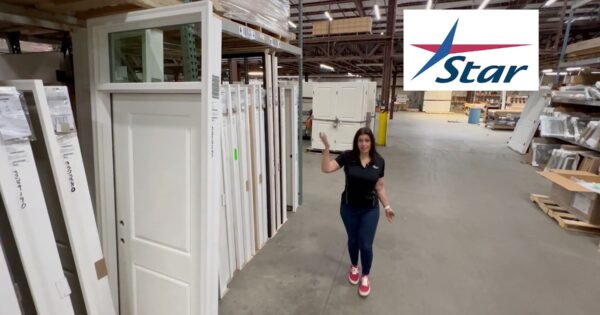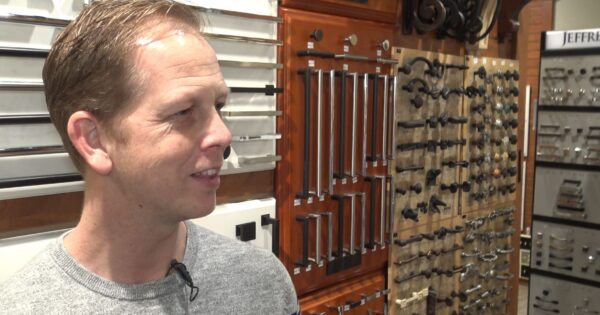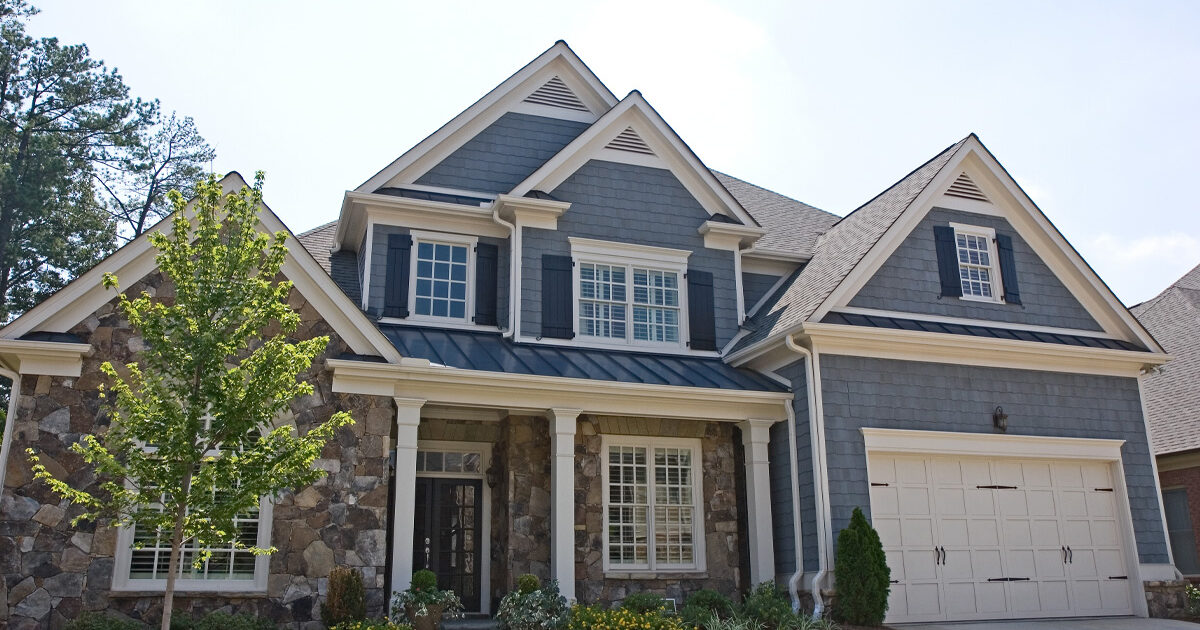
Wichita’s weather can be tough on your home’s siding. Fortunately, Star Lumber carries a number of weather-resistant siding options. Discover how to choose siding for Wichita weather that can stand up to extreme temperatures, hailstorms and strong winds, protecting your investment for years to come.
How Wichita’s Weather Affects Your Siding
Extreme Temperatures
Most siding materials tend to expand and contract in the scorching summers and frigid Kansas winters. In particular, siding materials like vinyl often expand in the heat. When temperatures reach above 90°F the siding can soften, allowing it to warp, shift on your foundation and bubble under the surface. When temperatures get below 40°F, vinyl siding tends to contract, become brittle, easily crack and create gaps in paneling.
Hailstorms
In 2023 alone, Kansas was hit with a staggering 459 major hailstorms, according to the Insurance Information Institute. These storms bring hail about 1 inch or larger and can cause significant damage to your siding and home. This is a serious concern for Wichita homeowners as hail that size can dent softer siding, crack and puncture softer siding, leaving the structure of your home exposed.
Strong Winds
Winds can bring serious damage to Wichita. According to the National Weather Service, the highest recorded wind gust in Kansas was 101 mph. Powerful wind gusts can tear off siding, leaving your home vulnerable to damage from flying debris. Even if it’s not ripped away completely, high winds can loosen panels, weakening your home’s defenses.
Siding Materials That Excel In Wichita’s Climate
| Siding Material | Lifespan | Cost | Maintenance Level | Popular Brands |
|---|---|---|---|---|
| Fiber Cement | 50+ Years | $6 – $14 | Low, occasional cleaning | James Hardie, Allura, Nichiha |
| Metal Siding (Steel or Aluminum) | 40-70 Years | $7 – $20 | Low, occasional cleaning | Bridger Steel, Fabral, EDCO |
| Engineered Wood | 20-30 Years | $4 – $8 | Medium, needs painting, sealing and pest control | LP SmartSide, Norbord TruWood, KWP |
| Vinyl Siding | 20-40 Years | $3 – $12 | Low, occasional cleaning | CertainTeed, Royal Building Products, Ply Gem |
Factors to Consider When Choosing Weather-Resistant Siding
Impact Resistance
Like roofing shingles, siding typically comes in a few different classes of impact resistance. Class 4 siding materials can withstand impacts of over 100 mph. So choosing inherently durable materials is a must for reducing impact damage.
Our Recommendation:
Choose durable, hail-resistant siding like stone veneer or engineered wood to reduce the risk of hail damage and impacts. What makes this possible is the production of the siding itself and the interwoven layers of cement, sand and plant fibers.
Wind Resistance
If you’ve lived in Kansas for even a day, you know the wind can get out of hand quickly. With that in mind it’s important for homeowners to take steps to make their home as wind resistant as possible. According to Angi some types of siding can withstand up to 130 mph winds. So, pay attention to the manufacturer details, as they’ll often include a rating or range of wind speed the siding can resist.
Our Recommendation:
High quality, durable siding materials like stone veneer or fiber cement siding are great options for reducing wind damage. However, the most important element of wind resistance is proper installation. This is because firmly sealing and attaching siding prevents wind from uprooting the panels and tearing them off.
Moisture Resistance
Every type of siding comes with a certain level of moisture resistance. Wood is typically the least moisture resistant and vinyl siding is the most resistant. However, based on a finding from KRAPF Legal, the average insurance payout of water damage is $11,605. To help reduce damages like this, homeowners should focus on preventing water damage wherever possible, especially when it comes to siding.
Our Recommendation:
For the best protection against water damage, choose siding like vinyl, metal or fiber cement. These materials are designed to resist moisture, preventing rot and costly repairs. If you prefer wood or stone siding, be prepared to treat it regularly to keep water out.
UV Resistance
The intense Kansas sun can take a toll on your siding. The main cause of faded siding is UV exposure or sunlight. Manufactured siding typically has a higher threshold for UV resistance. Fiber cement and metal siding don’t fade as quickly as natural materials like wood.
Our Recommendation:
We recommend choosing siding made with UV-resistant pigments and coatings. Fiber cement siding materials like James Hardie use ColorPlus© technology. This essentially adds an extra layer of protection to the pigment by reducing UV damage. Metal and vinyl siding are also great options, but to get the most out of the UV protection, add acrylic and silicone sealants to help prevent discoloring.
Durability and Longevity
From hailstorms to extreme temperatures, durable siding materials last longer because they can prevent impact, moisture and wind damage. Siding that costs more upfront will typically have a longer lifespan and higher durability. For example, fiber cement siding, stone veneer and metal siding are all tough options that last 20+ years and often have a higher durability than wood or vinyl.
Our Recommendation:
For long-lasting siding it’s best to balance budget with longevity. Fiber cement siding is excellent for Wichita homes since it has a relatively affordable price point and long lifespan. Vinyl siding is also a good choice since this is typically the most affordable and still offers a moderate level of protection, water resistance and a lifespan of around 20 – 40 years.
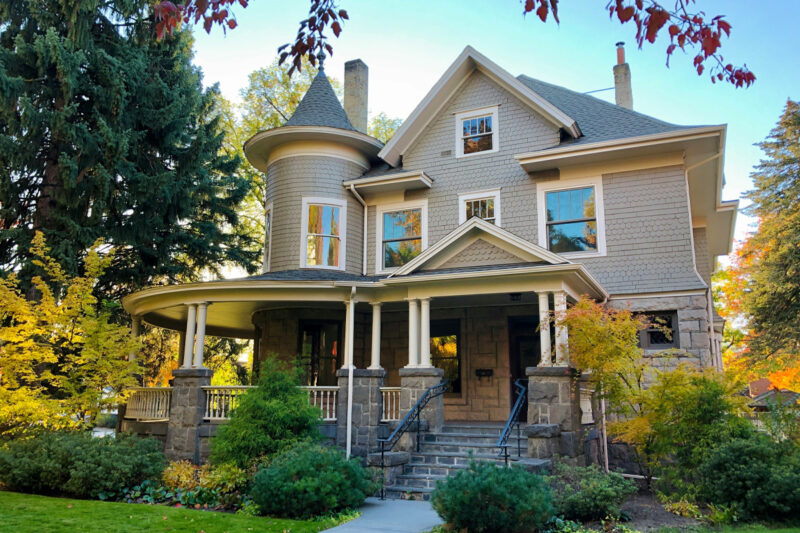
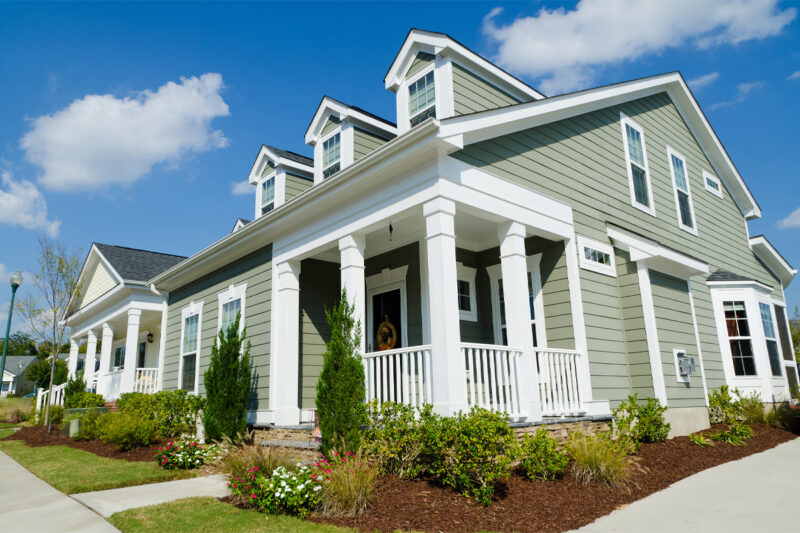
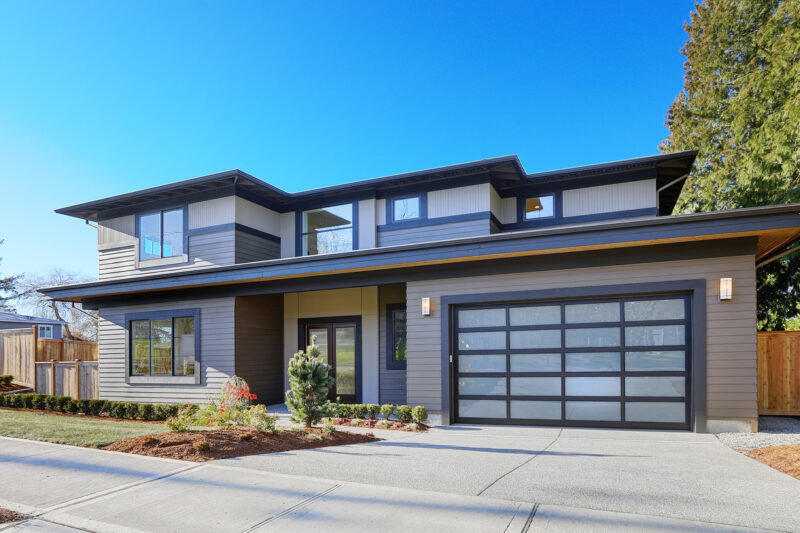
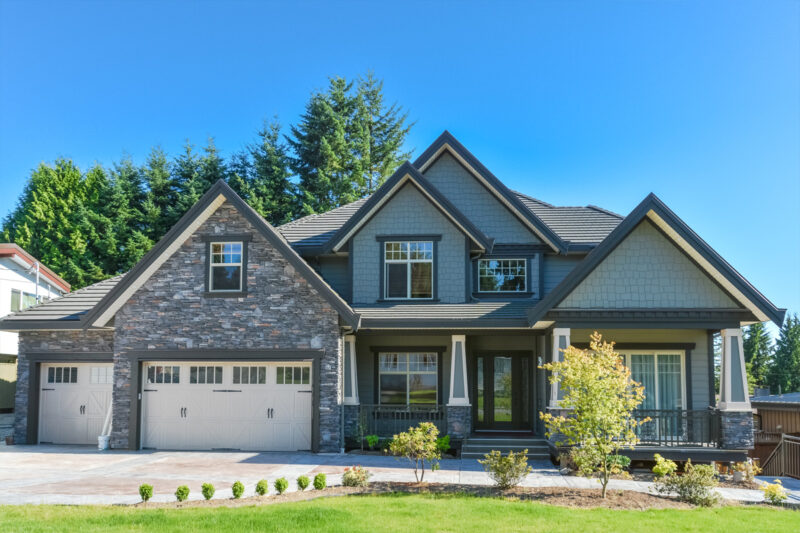
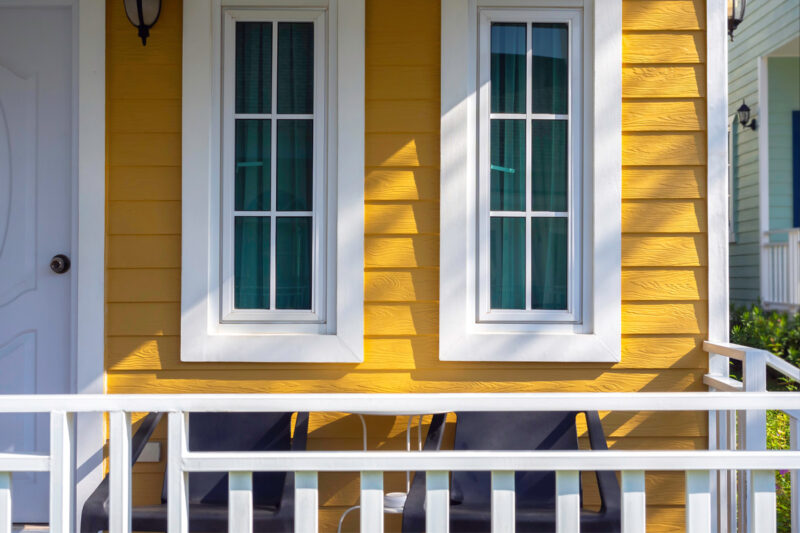
Choosing Siding for Wichita Homes
Wichita’s unpredictable weather demands durable and affordable siding. Prioritize quality materials that provide long-term protection without breaking the bank. Our team of design experts can help you choose siding for your home and walk you through the benefits of each high quality brand we carry. Visit our showroom or schedule a free consultation today.

